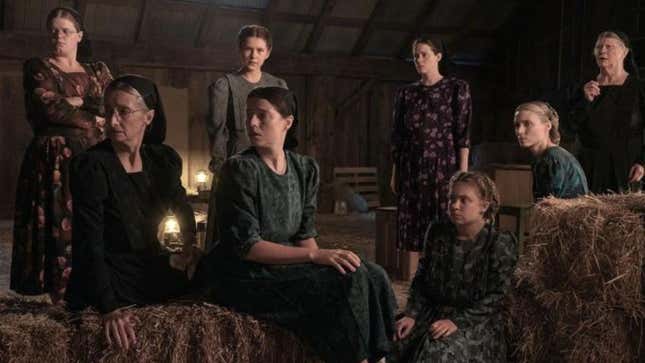Hollywood Doesn’t Actually Want Women Talking
In 2022, only 33 percent of movies starred women protagonists, while the rest (a whopping 67 percent) starred male protagonists, according to a new report.
EntertainmentMovies

Amidst all of the inane women-centric statistics that are being flung our way during this ye Women’s History Month in an effort to make us feel good about the status of Women™, I come bearing bad news. To wash out the saccharine aftertaste of corporate feminism from your mouths, here is a fun, sobering statistic: A new report from San Diego State’s Center of the Study of Women in Television and Film reports that men still disproportionately have the majority of speaking roles in media today. So much for Women Talking!
I like my men in films the same way I like them in bed: Talking as little as possible and following orders. Apparently, the entertainment industry couldn’t agree less—instead giving men ample opportunities to flub celebrating women who are talking (looking at you, Mark Wahlberg!). As the Hollywood Reporter wrote, the study found that 33 percent of movies in 2022 starred women protagonists, while the rest (a whopping 67 percent) featured male protagonists. Put differently, for every three male leads out there, they’ve only got one female lead to match. For what it’s worth, this statistic is a 17 percent increase from 2002 (the first year of this study), during which 16 percent of films were led by female protagonists. For those of you who aren’t as number savvy, that’s almost a one percent increase per year. In the words of the revered pop cultural icon Miley Cyrus, it’s all about the climb.
-

-

-

-

-

-

-

-

-

-

-

-

-

-

-

-

-

-

-

-

-

-

-

-

-

-

-

-

-

-

-

-

-

-

-

-

-

-

-

-








































